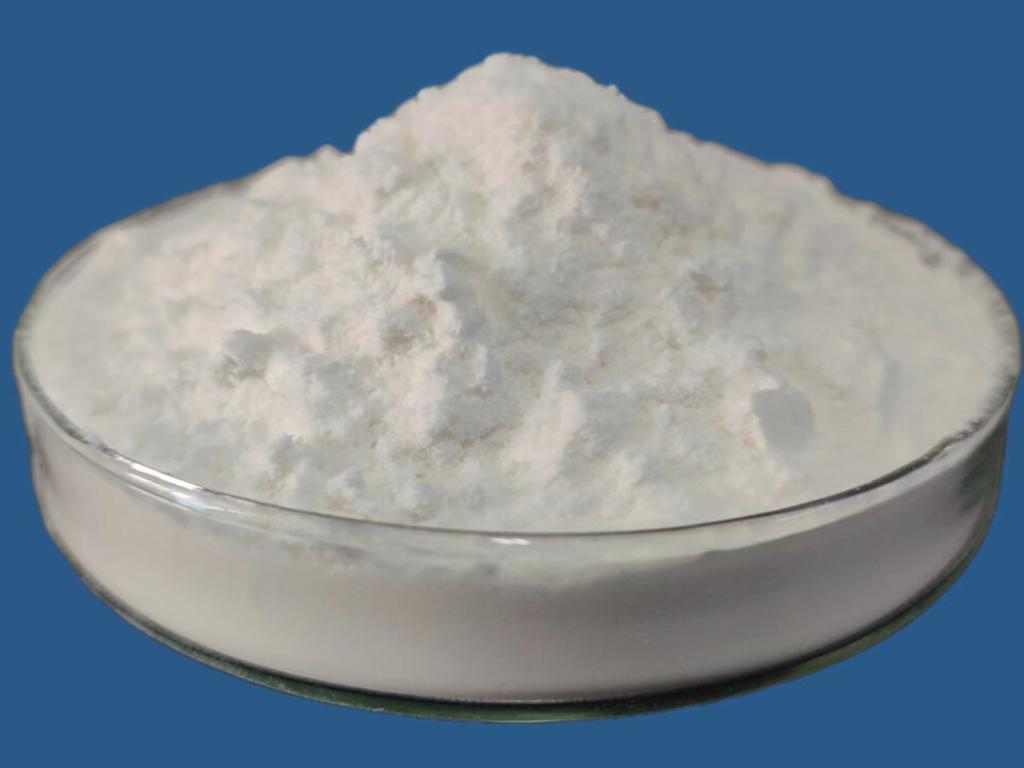Tel:+8618231198596

News
 CONTACT
CONTACT
 CONTACT
CONTACT
- Linkman:Linda Yao
- Tel: +8618231198596
- Email:linda.yao@dcpharma.cn
- Linkman:CHARLES.WANG
- Department:Overseas
- Tel: 0086 0311-85537378 0086 0311-85539701
News
Current Position:
Home >
News
>ε-Polylysine Hydrochloride in the Textile Industry: Enhancing Fabric Preservation
ε-Polylysine Hydrochloride in the Textile Industry: Enhancing Fabric Preservation
TIME:2024-01-10
Introduction:
The textile industry, driven by a growing emphasis on sustainability and innovation, is continually seeking new solutions to enhance fabric preservation. ε-Polylysine Hydrochloride, traditionally recognized for its antimicrobial properties, is gaining attention as a potential player in this domain. This article introduces the reader to the significance of ε-Polylysine Hydrochloride in the textile industry, setting the stage for a detailed exploration of its molecular foundations and applications in fabric preservation.
The Molecular Landscape: Structure and Composition:
At the core of ε-Polylysine Hydrochloride's fabric preservation capabilities lies its molecular structure. This section takes an in-depth look at the composition of ε-Polylysine Hydrochloride, unraveling the arrangement of amino acids that contribute to its stability and functionality. Understanding the intricacies of its molecular makeup is essential for comprehending the compound's fabric-preserving efficacy.
Biosynthesis and Production:
The production of ε-Polylysine Hydrochloride for textile applications involves microbial fermentation, employing specific strains of bacteria capable of synthesizing this antimicrobial peptide. This section explores the biosynthetic pathway of ε-Polylysine Hydrochloride, shedding light on the key enzymes and microbial strains involved. Insights into the production process are crucial for ensuring scalability and consistency in textile applications.
Mechanisms of Action: Safeguarding Fabrics:
The effectiveness of ε-Polylysine Hydrochloride in fabric preservation is rooted in its unique mechanisms of action. This section provides a detailed exploration of how ε-Polylysine Hydrochloride disrupts microbial growth, inhibits the development of odor-causing bacteria, and safeguards fabrics from degradation. A comprehensive understanding of these mechanisms is essential for maximizing the fabric-preserving potential of ε-Polylysine Hydrochloride.
Antimicrobial Spectrum and Efficacy:
One of the standout features of ε-Polylysine Hydrochloride is its broad-spectrum antimicrobial activity. This section examines its efficacy against various microorganisms that can compromise fabric integrity, including bacteria, fungi, and molds. Case studies and research findings illustrate how ε-Polylysine Hydrochloride can contribute to maintaining the hygiene and longevity of fabrics in diverse textile applications.
Applications in Textile Preservation: Prolonging Fabric Lifespan:
The primary application of ε-Polylysine Hydrochloride in the textile industry is focused on prolonging the lifespan of fabrics. This section explores its potential applications in fabric preservation, including its use in textiles for apparel, home furnishings, and industrial purposes. It highlights how ε-Polylysine Hydrochloride aligns with the industry's goals of reducing waste and promoting sustainability through enhanced fabric durability.
Compatibility with Textile Processing: Integration into Production Practices:
For ε-Polylysine Hydrochloride to become a seamless part of textile processing, compatibility with existing production practices is crucial. This section explores the integration of ε-Polylysine Hydrochloride into various stages of textile manufacturing, from fiber production to finishing processes. Insights into its compatibility with different materials and processes provide a roadmap for the practical implementation of ε-Polylysine Hydrochloride in the textile industry.
Durability and Wear Resistance: Elevating Fabric Performance:
Beyond preserving fabrics from microbial degradation, ε-Polylysine Hydrochloride has the potential to enhance fabric durability and wear resistance. This section delves into how ε-Polylysine Hydrochloride, by inhibiting the growth of microorganisms that contribute to fabric wear, can contribute to extending the life of textiles and improving their overall performance.
Environmental Considerations and Sustainability:
As sustainability becomes a cornerstone of the textile industry, this section explores the environmental considerations associated with ε-Polylysine Hydrochloride. It discusses the compound's biodegradability, its potential role in reducing the environmental impact of textile waste, and its alignment with sustainability goals in textile production.
Challenges and Future Prospects: Navigating the Path Ahead:
While ε-Polylysine Hydrochloride holds promise in fabric preservation, challenges such as cost, consumer acceptance, and regulatory considerations must be addressed. This section discusses the current challenges and proposes potential solutions. Additionally, it explores future prospects for ε-Polylysine Hydrochloride in the textile industry, including advancements in formulation technologies and potential collaborations between researchers and industry stakeholders.
Conclusion:
In conclusion, ε-Polylysine Hydrochloride stands as a transformative agent in the textile industry, offering a novel approach to fabric preservation. From its molecular foundations to real-world applications, this article provides a comprehensive overview of how ε-Polylysine Hydrochloride is revolutionizing the way fabrics are preserved in the textile industry. As sustainability and innovation continue to drive the industry forward, ε-Polylysine Hydrochloride emerges as a key player in the quest for more durable, longer-lasting textiles.
- Tel:+8618231198596
- Whatsapp:18231198596
- Chat With Skype







